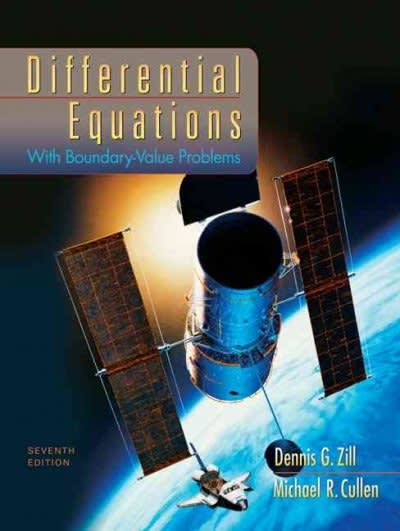Answered step by step
Verified Expert Solution
Question
1 Approved Answer
Boolean function G(v, r. A) is defined by formula (ce ( 4 4)) |F. 2 Which proposition is true? (A) G(0, 1,0) = 0; (B)


Step by Step Solution
There are 3 Steps involved in it
Step: 1

Get Instant Access to Expert-Tailored Solutions
See step-by-step solutions with expert insights and AI powered tools for academic success
Step: 2

Step: 3

Ace Your Homework with AI
Get the answers you need in no time with our AI-driven, step-by-step assistance
Get Started


